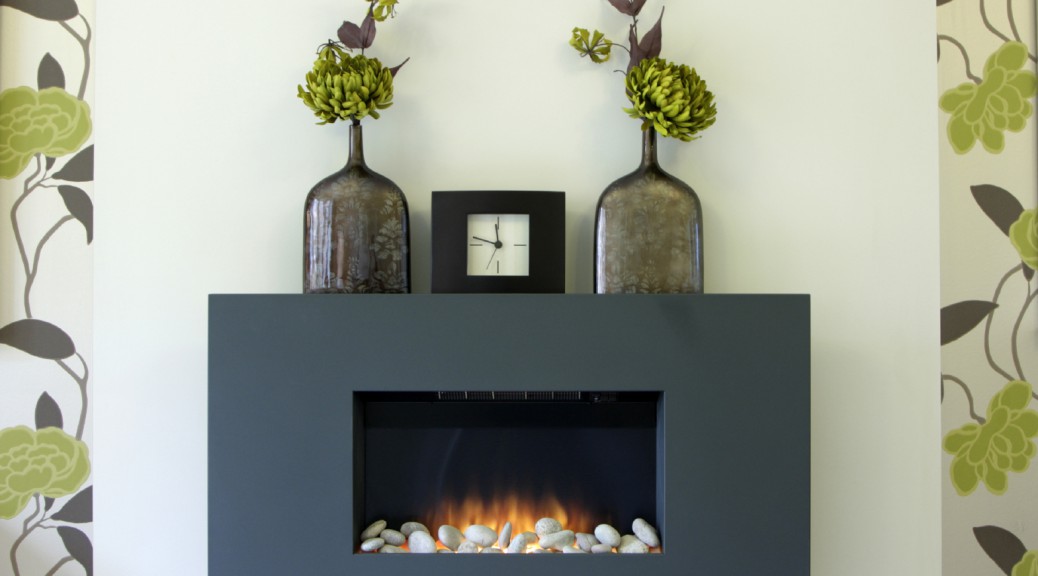The cold sets in. The good old fireplace will soon find our feet, our hands, our faces and our best smiles. It will offer us warmth and the crackling of its logs as soon as we get close enough. The fireplace is very practical, but it can also be very beautiful if you take the time to refit it with a nice exterior when you’re doing renovations, decoration or construction work.
A fireplace can be a column of rough and massive stones or, on the contrary, a column with a finely sculpted mantel that evokes Greek or Roman esthetics, to the great pleasure of owners with a classical taste.
A fireplace can be monumental in size and its relief or built in for greater discretion. The contemporary look is ideal for a built-in fireplace, because it spreads softness and simplicity. This makes the contemporary look perfect for a suspended fireplace. Most fireplaces are made of metal. They are so slender that they appear to be mobile.

The wood, brick and stone trio evoke the rural aspect of yesteryear. The wood and granite duo is not far behind, especially since granite is a material that fits easily with various motifs.

Fireplaces whose main material is wood are perfect for amateurs of mouldings or sculpted surfaces. This gives it a richer aspect. Marble and its veins fulfil the same function, as does slate, with it blue and brownish tints mixed together.
A dark metal fireplace with a clear wood mantel makes the virtues of the contrast explode. The same applies to a ceramic surrounded by shapes and colours thanks to the magic of mosaics. Using an old wood beam as a lintel adds some tone to a fireplace whose frame is chrome-plated brass.
As you can see, the cohabitation of multiple materials, particularly if they clash, give personality to the fireplace.
The power of contrast also appears in colours: black fireplace in a room dominated by white or yellow, or dark brown wood corniche in a white fireplace, colour scheme provided by painted concrete and a brightly coloured plaster coating.
Then the time comes to dress the fireplace. The classic look: a tablet lintel for knickknacks books, jars, candelabra, dried flowers and other decorative objects. The effect is quintupled if the lintel tablet is an integral part of a piece of “furniture” that extends from one end of the wall to the other. Unless there are bookshelves.
The mantel of the fireplace is the ideal surface for a nest to highlight an object that you feel strongly about. A large mirror with a frame or a work of art are sumptuous when it superposes the mantel of the fireplace.
Without a fireplace mantel, the simplicity allows the heat to envelope the entire room.

To finish, two small steps to use as a base to access the fireplace generates a “your majesty” effect, which can be quite pleasant, unless the fireplace is actually higher up.
Creative spirits will go so far as to stylize the protective grill that protects the embers or the space to stock the logs, to satisfy the more contemplative.
Let’s be clear about it: a fireplace in a house is a mark of hospitality, an invitation, an attraction.
References:
La cheminée, plus de 120 réalisations, collection recettes d’architecte, Marie-Pierre Dubois Petroff, Massin, 2009, 95 pages,
Making Mantels, David Getts, Linden Publishing Fresno, 2002, 200 pages
Cheminées, architecture et design, Encarna Castillo, Loft, 2008, 175 pages
Cheminées, 60 idées qui peuvent changer la vie d’une pièce, Marie Claire Maison, éditions Marie-Claire, 2005, 124 pages
Photos: iStock.com
